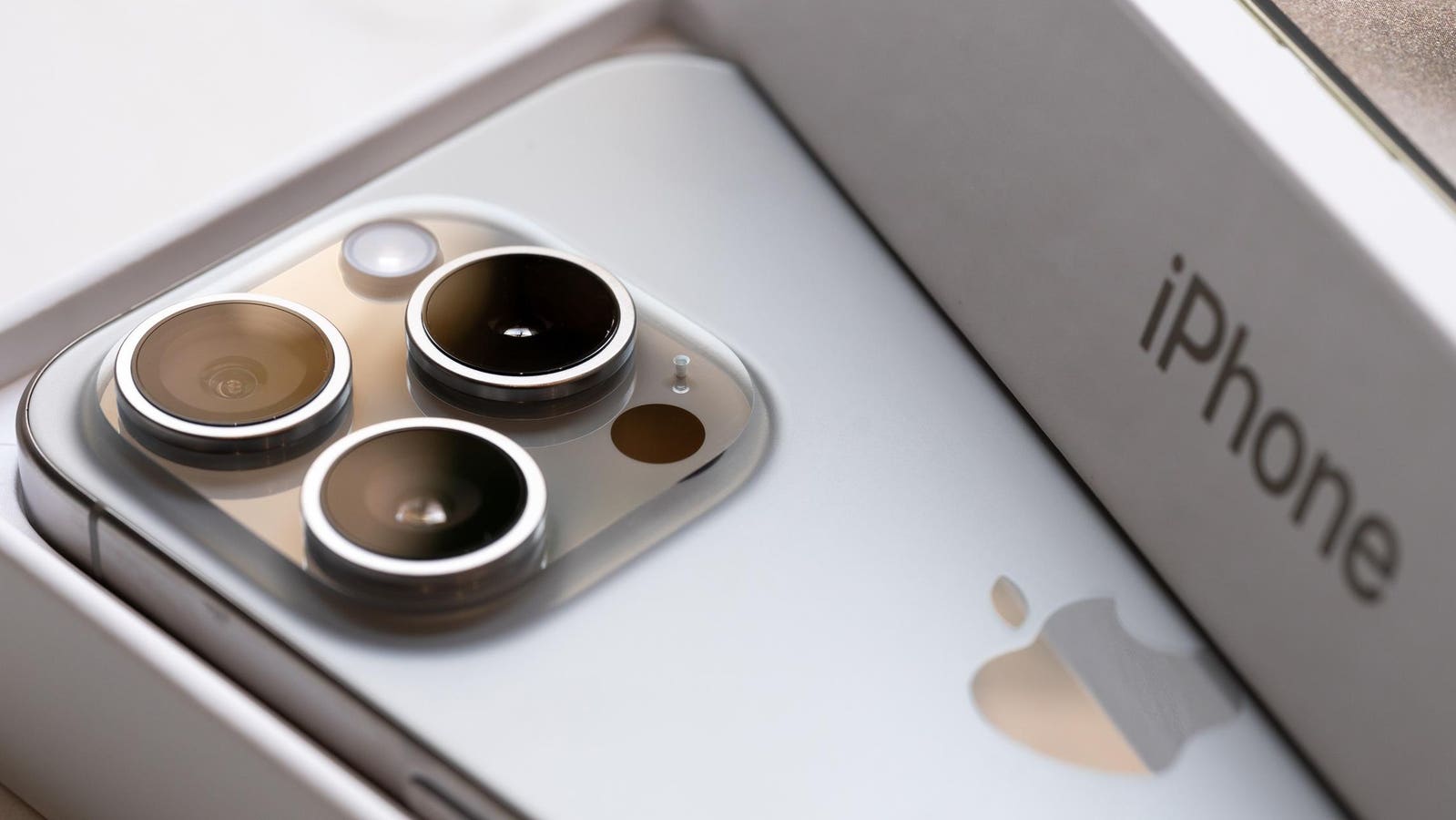Boris Berat is an operator, investor, and advisor. Co-founder & CTPO of Carna Health.
The burden of chronic kidney disease (CKD) is staggering: over 35 million people in the U.S. are affected, and in Europe, that number climbs beyond 55 million. It’s more common than diabetes, yet far less discussed. Most people don’t know they have it until it’s too late. This delay in detection—often until the disease reaches advanced stages—adds enormous strain to healthcare systems and drastically reduces quality of life.
As someone deeply involved in healthtech, CKD has become a case study for me. Not just in terms of the disease itself, but in what it teaches us about where healthcare is succeeding, where it’s failing and how technology can help bridge the gap.
Why CKD Opened My Eyes To Broader Healthcare Issues
CKD is what I’d call a “silent pressure test” on healthcare infrastructure. It reveals weaknesses we tend to ignore until they affect the bottom line: insufficient screening programs, siloed data, lack of preventive care and unequal access to specialists. These are not CKD-specific issues; they affect how we deal with nearly all chronic diseases.
Take early detection, for example. We know that regular screening using inexpensive tests like serum creatinine and UACR can detect CKD early. And yet, screening still isn’t part of standard practice for most at-risk populations. Why? Because there’s no systematic process to flag risk, track patients longitudinally and make sure someone actually follows up.
This isn’t just a resource problem—it’s a coordination one. And that’s where technology should step in.
What CKD Taught Me About The Role Of Technology In Healthcare
When we talk about “digital health,” the conversation often drifts toward wearables or apps. But the real transformation happens behind the scenes: through interoperability, patient registries and data infrastructure.
In the context of CKD, one of the most promising solutions is a comprehensive management platform that connects early diagnostics, monitoring tools and decision support. It doesn’t need to be flashy. It needs to work—across systems, across providers and around the patient.
We need systems that talk to each other. A CKD patient might go from a general practitioner to a nephrologist, to a dietitian, to a cardiologist. Without interoperability, each visit is a reset. With it, every new piece of data builds on the last, creating a clear, dynamic picture of the patient’s status. This is only possible when platforms are fully integrated with a wide range of data sources—from EHRs in primary and specialty care to telemedicine platforms and diagnostic tools.
Patient registries are another unsung hero. They may sound bureaucratic, but when done right, they fuel research, improve care coordination and help policymakers allocate resources more effectively. For chronic conditions like CKD, registries provide the longitudinal data we need to understand what interventions actually work in the real world, not just in clinical trials.
To complement these registries and strengthen the broader CKD care infrastructure, it’s essential to integrate innovative point-of-care testing technologies that measure biomarkers and vital signs, such as creatinine/eGFR, UACR, glucose, blood pressure and potassium. These tools enable rapid, cost-effective population screening, which is especially critical for catching CKD in its early, more manageable stages.
Some of these devices already carry CE and FDA approval, while others are currently undergoing certification. As adoption increases, these solutions amplify the effectiveness of CKD registries, offering a powerful, scalable platform for proactive care.
The Bigger Picture: From CKD To Chronic Disease As A Whole
Everything I just mentioned isn’t unique to CKD. We could be talking about heart disease, diabetes or even long COVID. The lesson is the same: chronic disease management doesn’t work if systems don’t talk, if data isn’t used and if patients are treated episodically rather than holistically.
Preventive care needs to be designed as a system, not a slogan. Lifestyle interventions work, but only if they’re part of a structured care plan—backed by real-time feedback, not a pamphlet handed out after diagnosis. Technology can help scale that support: remote monitoring, digital coaching, nudges, reminders, even community-based incentives. But only if we integrate it smartly.
The Roadblocks: Why This Isn’t Happening At Scale Yet
Of course, none of this is simple. If it were, we wouldn’t be having this conversation.
Here’s where reality kicks in:
• Implementation costs are high, especially in fragmented or underfunded systems. Not every clinic can afford to set up digital infrastructure, let alone train staff to use it.
• Training and adoption are major hurdles. Health workers are overloaded. Adding “one more platform” to their workflow without clear benefits can backfire.
• Data privacy and regulation complicate data sharing, especially across borders or systems. Balancing access and security is a constant tension.
• Patient engagement can’t be assumed. If tools aren’t intuitive, accessible and empowering, they simply won’t be used.
The biggest blind spot, in my opinion, is interoperability. We keep building point solutions that can’t talk to each other. Until we fix that, every new digital tool risks becoming just another silo.
So, What Can We Do?
If we’re serious about transforming healthcare, we have to start thinking like systems designers. We need to build not just tools, but ecosystems.
Here are a few lessons CKD has reinforced for me that apply more broadly:
• Design around patients, not just diseases. Think in journeys, not episodes.
• Interoperability isn’t optional. Build for data fluidity from day one.
• Invest in registries and real-world data. Evidence drives change: if we know what’s working, we can scale it.
• Digital tools must empower, not overwhelm. Design with and for end users—patients and clinicians alike.
• Policy must keep up. Reimbursement models and privacy regulations need to support (not stall) innovation.
Final Thoughts
CKD is one of the quietest yet most devastating diseases of our time. But it also offers a mirror showing us what’s broken in healthcare and where we can do better. The solutions aren’t out of reach. Many already exist. What we lack is integration, coordination and long-term thinking.
Technology alone won’t save us, but the right tech, applied wisely, just might.
Forbes Technology Council is an invitation-only community for world-class CIOs, CTOs and technology executives. Do I qualify?








